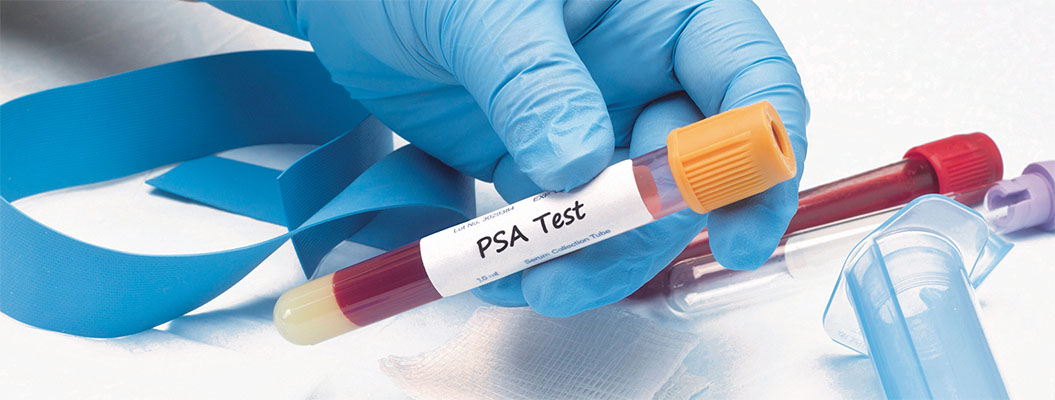
Overview
Men should be proactive in taking responsibility for their health & wellbeing, and getting tested regularly. More options are available if prostate cancer is detected before it causes symptoms (not common in the early stages). Not all doctors are proactive in promoting prostate cancer testing so men should be willing to take the initiative and request testing if they have any concerns, and wish to be tested.
The New Zealand Prostate Management and Referral Guidelines recommend that men aged 50 and over discuss prostate testing with their doctor (usually GP). For men with a known family history of prostate cancer this discussion should begin at 40 years of age, as they may be at higher risk.
Men over 50 (and those over 40 with known family history) should be tested at least every one to two years using both the PSA and DRE tests, under a programme of testing appropriate to them. The initial test will find a baseline level and subsequent tests can be recorded to note any significant change that may warrant further investigation. Regular testing should continue until mid-70s or later, depending on the risk profile that has been recorded.
Beware of misinformation. There is an old adage that ‘men will more likely die with prostate cancer than from prostate cancer’. While it is true that many cancers, particularly in older men, are slow growing and don’t need treatment or other intervention, prostate cancer remains a significant killer.
There is no easy way of diagnosing prostate cancer. Doctors will usually do a series of tests that may include the following:
PSA - Prostate Specific Antigen
The PSA is a simple blood test that looks for raised levels of a protein in the blood called prostate specific antigen (PSA), which is made by prostate cells. A PSA level that is above the limits for your age indicated that there could be a problem with the prostate and further tests might be necessary. This test is used as an initial screening test, usually ordered by a GP, and can be done in conjunction with other routine blood tests. The PSA test is only an indicator of the possibility of prostate cancer and a higher level doesn’t necessarily mean there is prostate cancer.
A high PSA can be caused by other conditions such as Benign Prostatic Hyperplasia (BPH) or enlarged prostate (a common condition that occurs when the prostate grows larger with age); or Prostatitis which is an infection or imflammation of the prostate, where the prostate becomes inflammed and sore.
Other things that can influence the PSA level include:
- Age – the older men are, the higher the PSA level is likely to be
- Size of the prostate – levels will be higher with an enlarged prostate
- Ethnicity
- Medications being taken
- A urinary infection
- Certain types of exercise such as cycling or vigorous exercise
- How recently a man has had sex or ejaculated
- Anal sex or prostate stimulation
Digital Rectal Examination (DRE)
The DRE is a test where the doctor inserts a gloved, lubricated finger into the rectum to feel the prostate and check the size, shape and for any abnormalities. Occasionally a cancer can be felt this way, but not always. A normal DRE exam does not rule out prostate cancer.
If there are possible indications of prostate cancer from the initial PSA and DRE tests carried out by the GP, a referral will be made to a urologist (medical specialist in prostate cancer and other urinary conditions) who will conduct further tests to actually diagnose the disease.